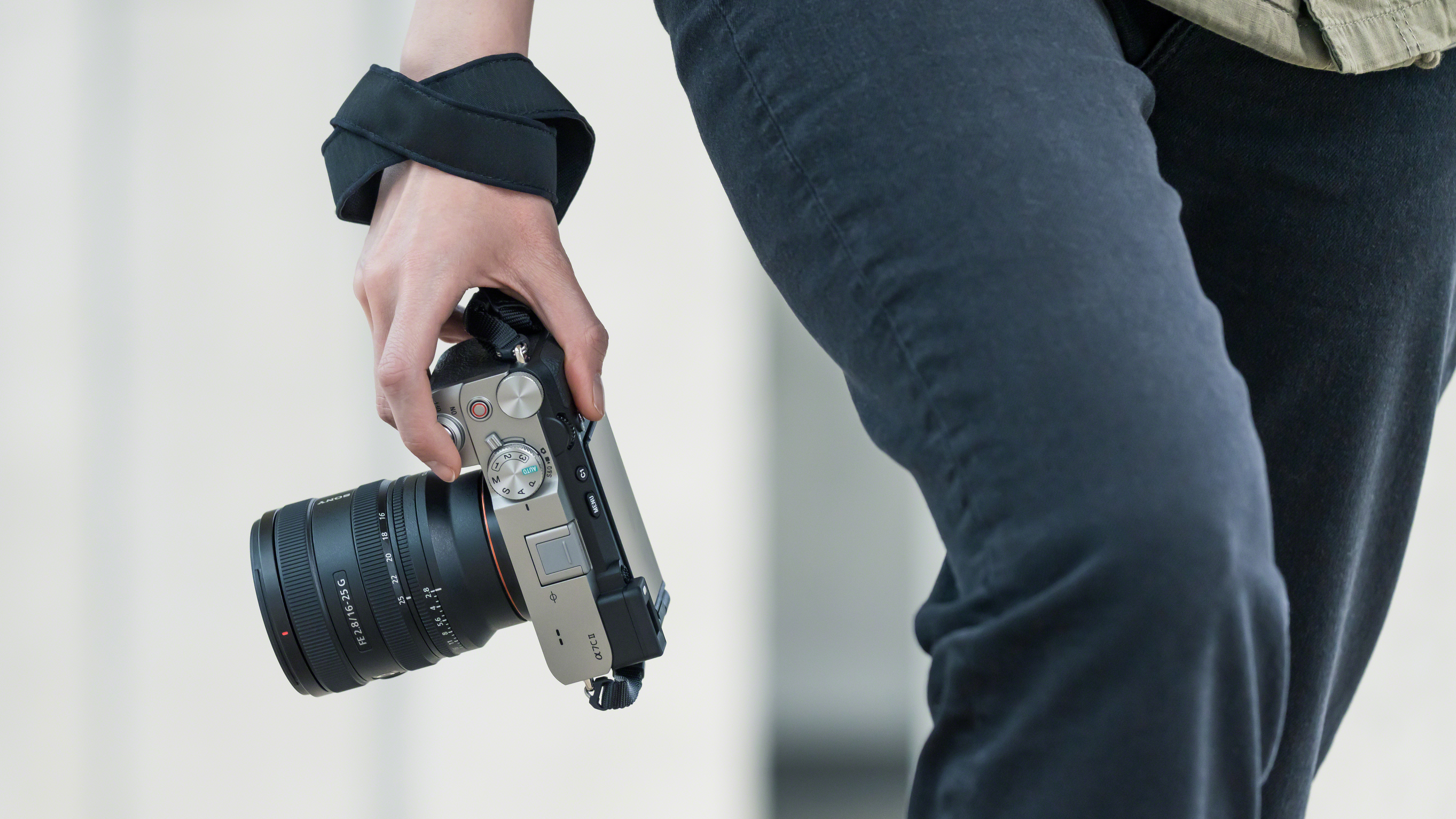
I’ve been using the Sony FE 16-25mm f/2.8 G and I like it. At last Sony is offering an alternative to its huge and massively expensive G Master lenses. Probably the closest equivalent to this is the Sony FE 16-35mm f/2.8 GM II, which is twice the price and over 30% heavier.
Both lenses could, in their own way, be considered among the best Sony lenses for landscapes, architecture and travel.
But the 16-35mm G Master has something the FE 16-25mm f/2.8 G doesn’t have – an extra 10mm of focal length at the long end of the zoom range. Leaving aside any optical advantages the G Master lens might have, that’s a pretty big practical advantage right there.
Does it matter, though? My first reaction was to think that 16-25mm zoom range was silly. That’s barely a 1.6x zoom range on a lens that isn’t even fantastically wide. In the past we’ve accepted 14-24mm f/2.8 lenses from Nikon and Sigma with a 1.7x zoom range, but they are a good deal wider. Zooms starting at a focal length of 16mm have always been 16-35mm lenses or thereabouts, which is more than a 2x zoom range.
Maybe 16-25mm is actually fine?
So I stopped to wonder if I was just being a slave to conventions of lens categories, versatility and value. I’ve used and owned plenty of 16-35mm lenses in the past and shot with them almost always at the shorter focal lengths and very rarely at 35mm. I don’t usually go out shooting with an ultra-wide zoom without taking a standard zoom too, so a 16-35mm lens gives me a good deal of overlap on focal lengths that I’ve got covered anyway.
Which was exactly the experience I had with the FE 16-25mm f/2.8 G. Yes, that zoom range is short, but it covers almost all the shots I need an ultra-wide zoom for. Sometimes it’s useful to go even wider, even as far as the astonishing Canon RF 10-20mm f/4 L IS STM can go, but a 16mm angle of view can be hard to handle in itself (keeping verticals straight, for a start), and is probably as wide as I regularly need.
So the bottom line is that the FE 16-25mm f/2.8 G goes just about as wide as I need it to, and since I usually have a standard zoom with me, it’s long enough too. There’s only a 1mm overlap in focal lengths compared to the 11mm overlap I’d get with a 16-35mm lens, but the point is I still have no gap in my focal range.

‘Small’ is relative
My problem with this lens is actually a little different. It’s certainly smaller than the FE 16-35mm f/2.8 GM II, and pretty small for lenses in this category, but it’s not small in any absolute sense. I’ve been testing it on a Sony A7C II, where it does not seem small at all. Having said that, on an A7 body, it’s a lot better. Nevertheless, it seems to me that to achieve a useful reduction in size, Sony has traded a lot of focal range.
I applaud the light weight of the new Sony FE 16-25mm f/2.8 G, its impressive features and controls and its equally impressive price tag. It would make a great pairing with the similarly new and compact Sony FE 24-50mm f/2.8 G standard zoom. It’s great that Sony is turning its attention to smaller and lighter lenses that are perhaps a better match for the balance of its A7 cameras and the budgets of non-professional users. But it’s not been without cost, and that cost is the zoom range and flexibility we’ve come to expect from zoom lenses.







